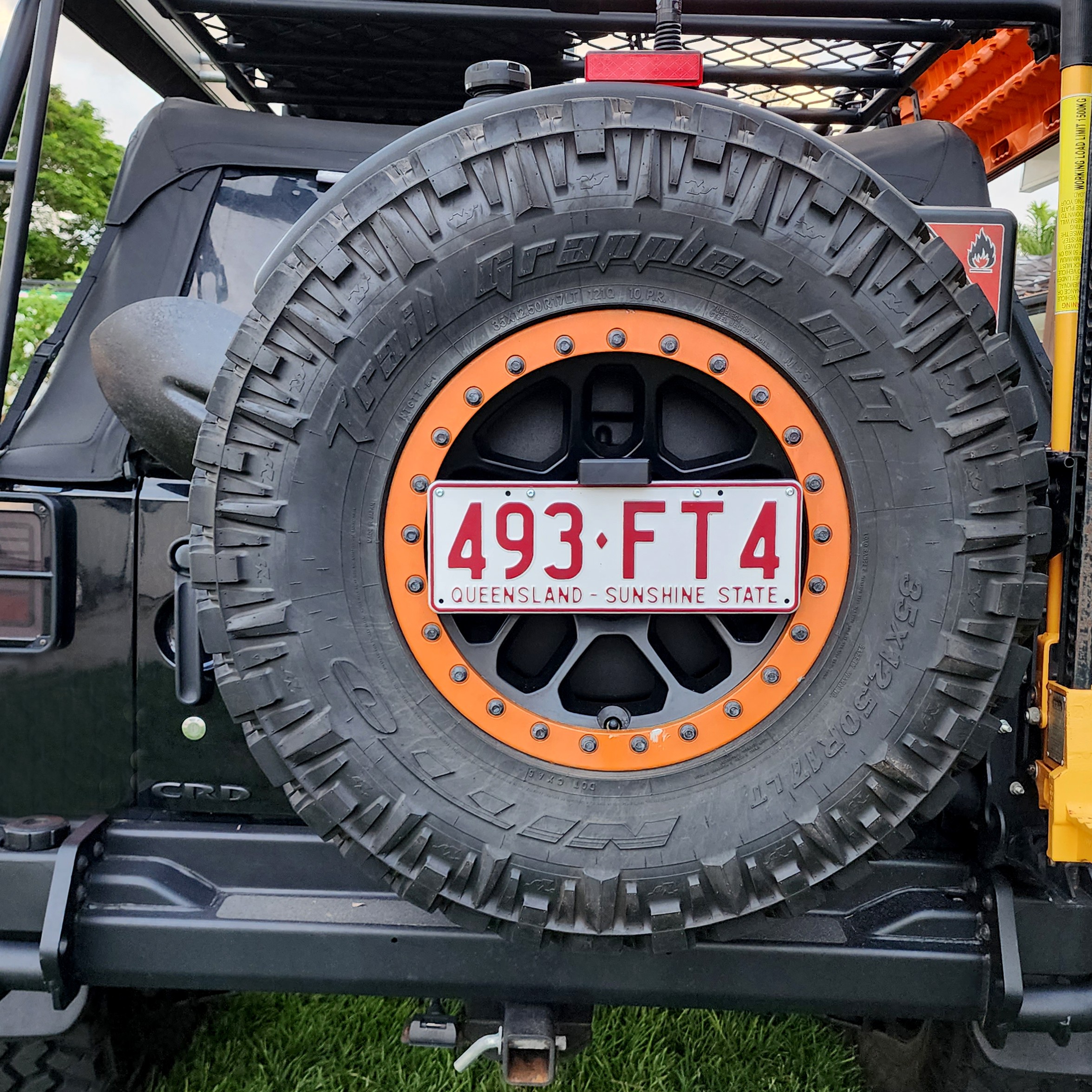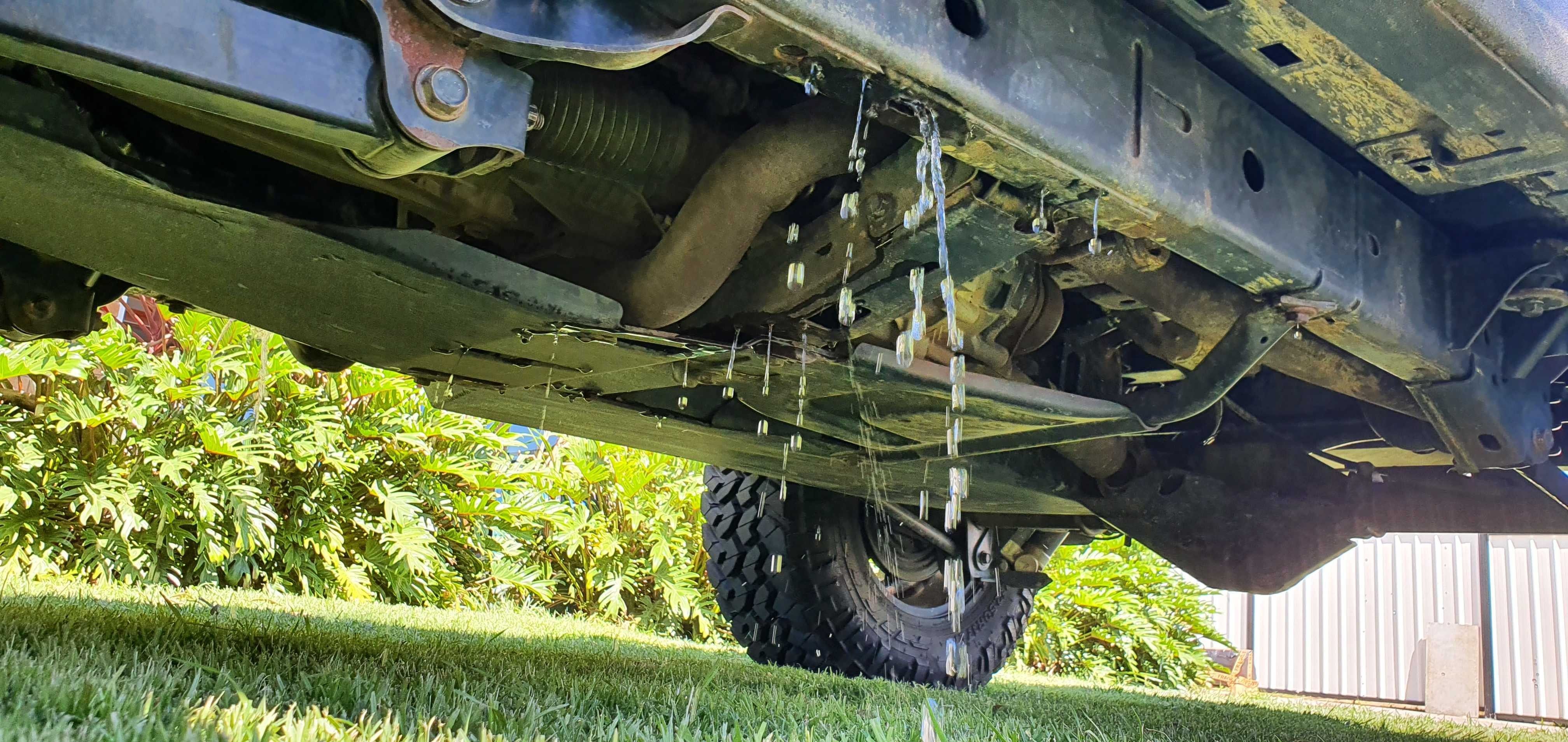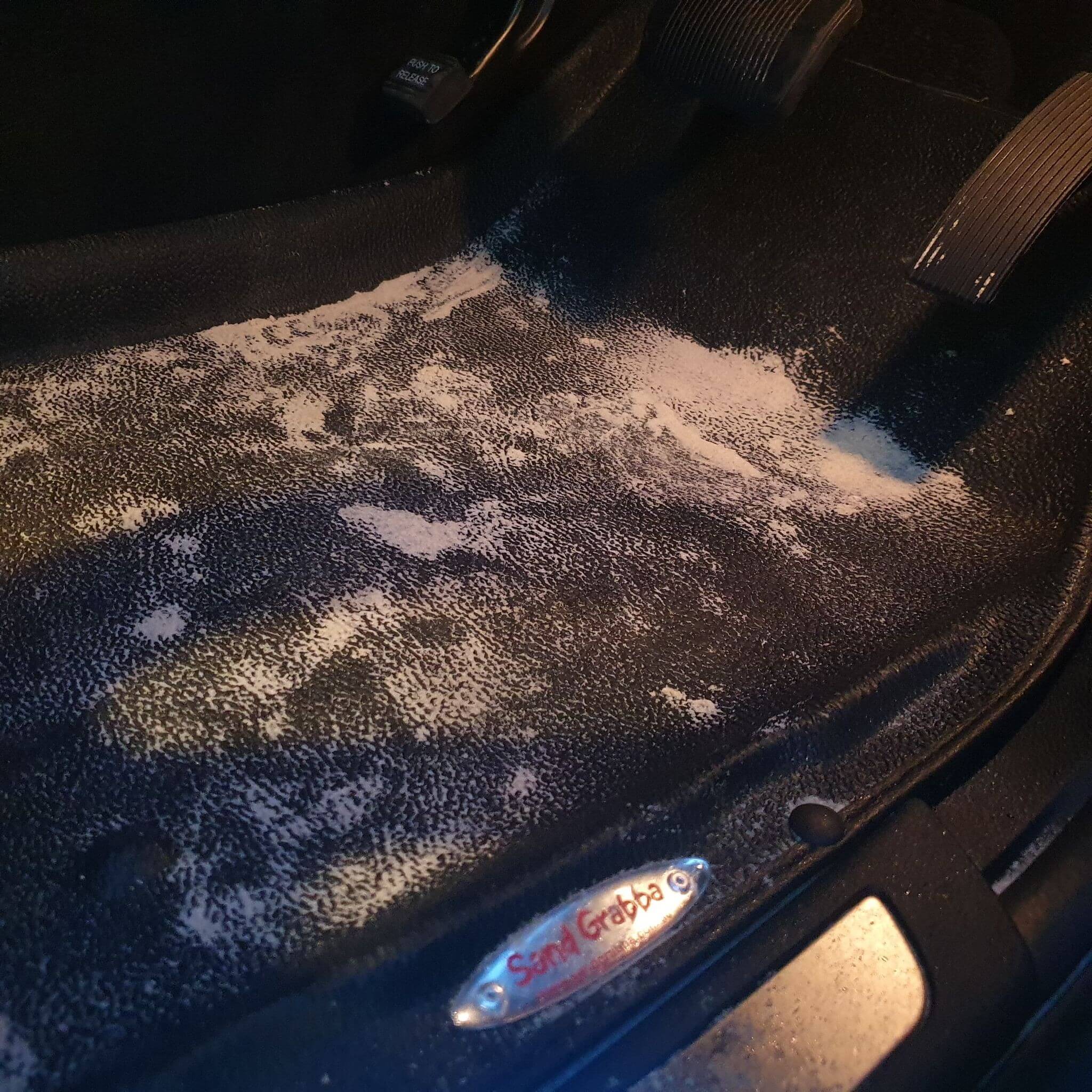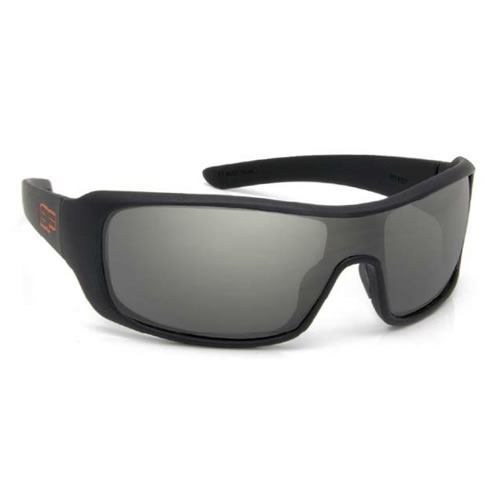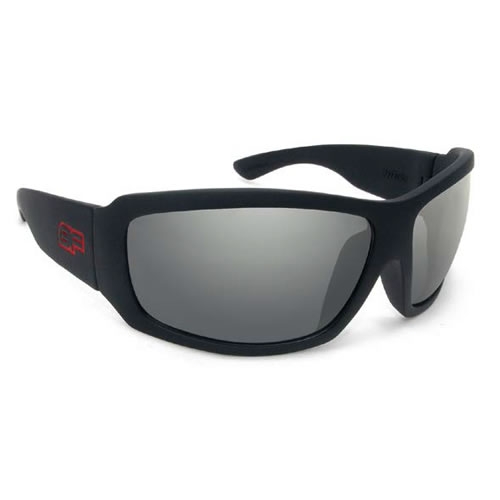Hands Free Kits - Talking On Your Cell Phone While Driving
Hardly anybody goes anywhere without a mobile phone these days; it’s a convenient way to keep in touch through calls, texts or emails. It’s not such a great idea to pick it up and dial while you’re driving though. It’s dangerous and the police don’t like it. In most states it’ll get you three points and a $250 fine, so you need an alternative. That’s where hands free kits come in.
A few years ago hands-free kits cost a fortune and only worked with one model of phone, so whenever you got a new phone you had to rip it all out and start again. That’s changed though. Bluetooth technology means you can hook up pretty much any phone to the system and get a whole load of extra functions as well. Some modern vehicles even have a built-in system that hooks your phone to the stereo speakers and a couple of microphones; when the phone rings you just press a button on the steering wheel to answer, your old Men At Work CD gets interrupted and you can talk and listen. If your Ute doesn’t have a system like that you have a wide choice of add-on units that give you pretty much the same features; some can even plug in to your stereo. Others use their own speakers. Most now have a cradle that you can fit somewhere, either to the windscreen – great if you have a GPS-capable smartphone, because then it doubles as a satnav – or on the centre console.
There are a few other options you can explore with a hands free kit as well. A good one is an external antenna. The one built in to your phone is pretty tiny, and really isn’t all that good at picking up signals. Then put it in a bit metal box – your vehicle. That doesn’t help much either. It’s fine when you’re in town and a few hundred metres from the nearest mast, but head away from civilisation and the signal can get spotty. An external antenna will boost your range a lot; as well as being much larger and designed for performance rather than small size, it’s also outside the shell of the wagon. Over long distances it’s enough to add a few kilometres to your signal range, and that could be handy in an emergency. We have some bulbar mounts which will hold your antenna secure and also keep it away from cluttered roofs. If you have a roof cage or awning fitted all that metalwork can create “echoes” by bouncing the signal so it hits the antenna twice. An alternative is an internal antenna that sticks to the inside of the glass, so you can mount it along the top of the windscreen. We think the external ones work better though, and they don’t need a lot of wiring.
Try to get a kit that will charge your phone, so you’ll always have a full charge. Also look for the ability to play music files from your phone through the stereo system. You’ll often find play, forward and reverse buttons on the mount of the hands free kit, which makes it a lot easier and safer to use your phone as a media device as well as for communications.
Whatever kind of hands free kit you choose make sure you install it properly. Most modern ones don’t need any permanent changes to the vehicle, but pay some attention to detail anyway. Make sure everything’s securely mounted so it’s not going to fall off first time you hit some rough ground. We don’t know of anybody who’s ended up with a phone and mount stuck under their brake pedal, but you probably don’t want to be the first. Route all the cables neatly too; tie or tuck any excess lengths out of the way, and keep it clear of vehicle controls.
Using a hands free kit with your phone is now the law. Don’t look on it as a negative though. Pick the right kit and you won’t just be able to use your phone legally; it’ll be safer, too, and you’ll also get a lot of new functions. Now that mobile phones have become the standard way to communicate we think it makes sense to treat them as an item of vehicle equipment and get them properly set up.

